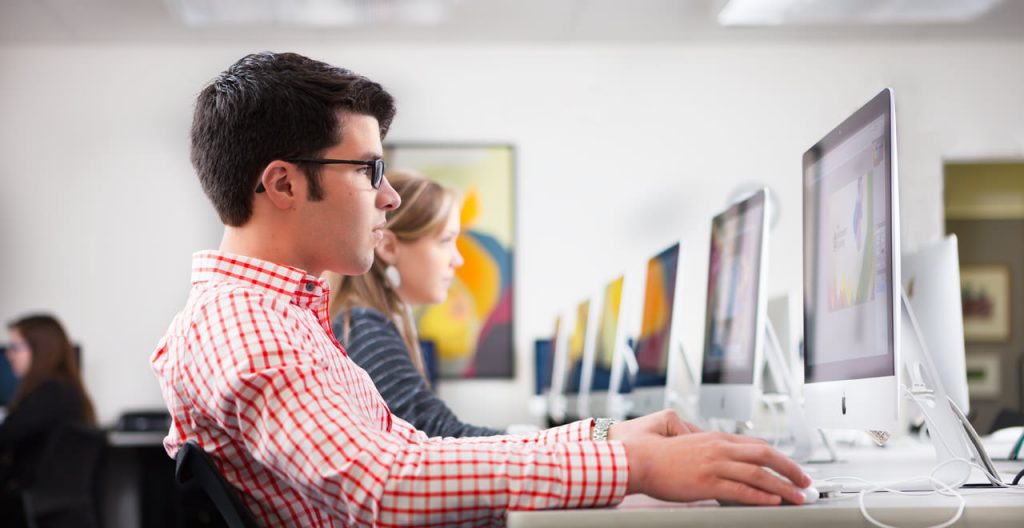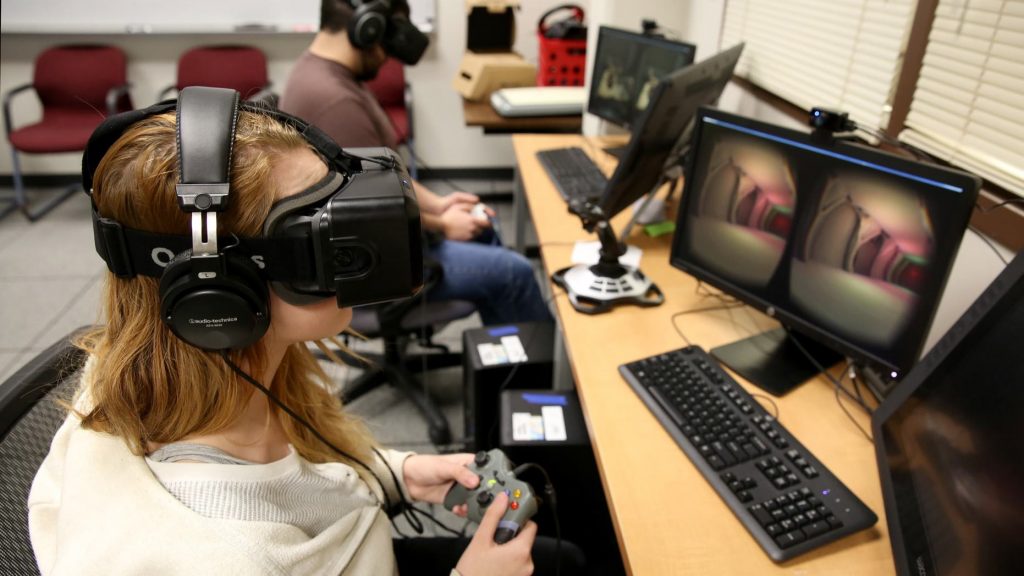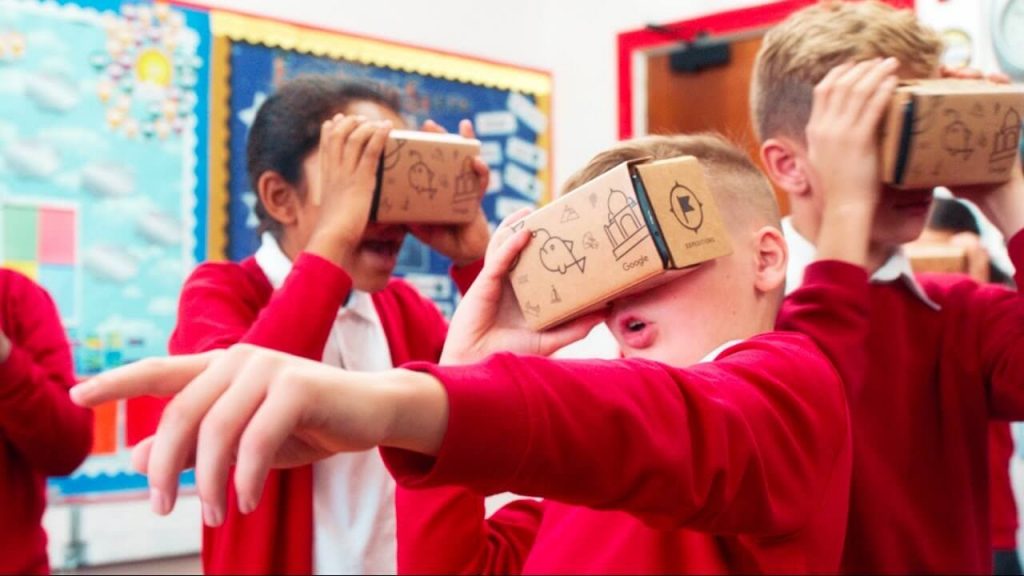In today’s world, when the work environment is rapidly changing, the future of learning needs to adapt as well. Technology plays a big part in the global work environment. If we want our children to have a good career, we need to adopt an educational approach that is more dynamic and flexible. An approach in which technology needs to play a part. Adopting new technological pedagogies without actually understanding them won’t work because the implementation and evaluation won’t be set appropriately. But relying entirely on technology won’t make students better experts. Therefore, one of the future learning technologies that is dynamic and can actually help students learn better is active learning.
The core of active learning
Classrooms that are including active learning are open to creativity. Students have a desire to learn. They don’t look or feel like a traditional classroom. Students are all around the classroom, chatting as they work together to find new possibilities. They have the opportunity to open themselves to new experiences learning more about themselves and their hidden talents. They can create new solutions to the challenges they’ve been given.
A teacher is a facilitator in a classroom, who guides and brings out the best in the students. The students are the ones giving or guessing the answers. To get the most out of an active learning methodology, you should carefully combine a few key ingredients. Here are some of the elements of active learning you should follow.

An active learning classroom is student-centered
This key factor means switching focus from the teacher to the student. Initially, school systems made teachers the main focus of a class. The difference with active learning is that students decide what they want to learn, the way they’ll do it and test it. The student’s voice is being heard as well as their opinions and views. This has relevance in the teaching and learning experience.
Teachers may think that the student-centered classroom minimizes the importance of the teacher, but it actually enhances it. Not everyone can be an excellent mentor to the students and guide them to get to the solution alone. This gives teachers a new and more important role which encourages discovery and critical thinking. Eventually, this is the best way for students to succeed.
Collaboration
You hear a lot about working in teams in today’s workforce. Learning on their own can be difficult for some students. That is why collaborating with other students can be a real benefit. Working in a team also makes students think about themselves, not only the project. Some of the skills they should develop are:
- adaptability
- empathy
- accountability
- listening
- open-mindedness
- organization
These skills will be beneficial once they start their professional careers, and you can help them learn how to develop.
Change the content
As a teacher, you should always try to change the way you teach your students the same topics. With the existence of so many tools like media and learning contents online, you can always mix things up in the classroom. Kids today love to see something they can relate to. A vibrant, collaborative learning experience is something they will never forget.
Be digital oriented
Your classroom should represent a reflection of the digital world we live in. The active learning classroom should be a safe place in which the level of awareness is high, and differences are embraced.
The focus is on mutual respect and positive communication. Students should respect different beliefs, histories, and heritage. There should be no boundaries and separations because this classroom represents a safe environment where everyone learns together.
Let them fail to succeed
A teacher is not there to give them all the answers. He or she shouldn’t do everything for their students. They need to give them permission to fail as to succeed. Just as a driving instructor has to give his learner the wheel at some point. This relationship is based on respect and trust. Allowing students to learn on their own mistakes is the best thing you can do for them. Because mistakes are actually positive experiences. Students are learning not to be afraid of failure. It is all a part of the journey.
Adapt content to learners
One of the active learning elements is also adapting the content to students. We all learn about things differently. Especially, those students who use technology every day in their life. They are experiencing the world in a completely different way than we did. This modern life is changing every second. It brings to a conclusion that educators must adapt to different needs their students have. They must also find a new flexible way to teach, which will allow them to change and customize the learning materials. By assessing students regularly, both students and teachers get relevant feedback. Teachers can then choose the best way to grade a student based on the environment he/she worked in.

Conclusion
An active learning classroom is not just a concept, a lot of universities have included this methodology in their work. Success in school is not dependent on the teacher or the student only. It is also reliant on the content and the way it is represented to students. Both parties must be active and pay attention. If students don’t pay attention, no teacher can be productive, and every content presented to them is pointless. Therefore, all four components have to be supported and effectively introduced to an active learning classroom. These components are:
- Teacher
- Learner
- Content
- Representation
One of the ways to introduce this type of methodology to your classroom is to have an open discussion with all sides – students and teachers. Without collaboration and set of goals, it is not as easy to implement it. We have all accepted the fact that technology has become an essential aspect of our everyday life. We need to find the best way to use and build a stable future for new learning technologies like active learning classrooms.




